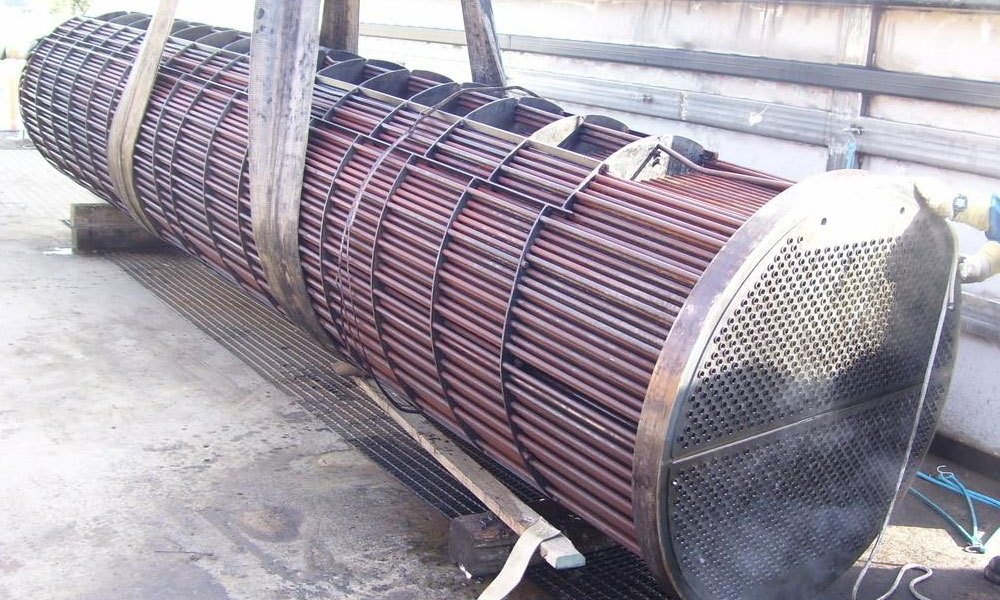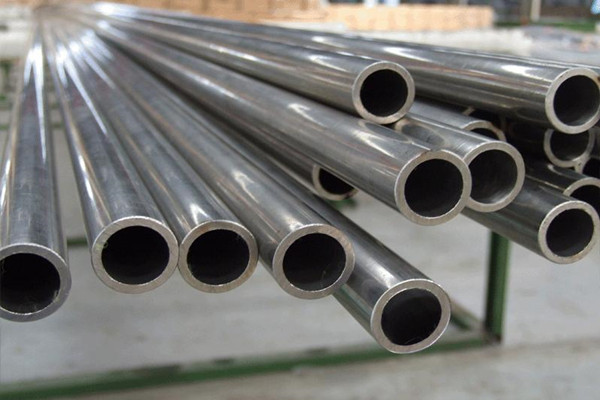How Heat Pipes Are Revolutionising Thermal Management in High-Performance Computing

In the dynamic realm of high-performance computing (HPC), where processing power and efficiency are paramount, managing heat is more critical than ever. As computing systems push the boundaries of performance, they generate significant amounts of heat, posing challenges for traditional cooling methods. Enter heat pipes—an innovative solution that’s transforming thermal management in HPC environments.
What Are Heat Pipes?
Imagine a heatpipe as a high-tech, super-efficient tube designed to whisk away heat from where it’s generated to where it can be safely dissipated. At its core, a heat pipe consists of a sealed container filled with a special fluid and a wick structure.
When heat is applied to one end of the pipe, the fluid inside evaporates, moves to a cooler section, and then condenses back into liquid. This continuous cycle of evaporation and condensation transfers heat effectively over long distances with minimal temperature difference.
Why Heat Pipes Are Perfect for HPC
Supercharged Heat Transfer
When it comes to HPC systems, heat is a big deal. The processors, memory, and GPUs inside these systems churn out heat at impressive rates, and traditional cooling methods like fans and heatsinks can struggle to keep up. Heat pipes, however, excel in this environment. They can transfer heat rapidly and efficiently, ensuring critical components stay cool and perform at their best.
Efficiency Matters:
Keeping temperatures in check is crucial for high-performance computing, where every millisecond counts. Heat pipes excel by moving heat away from the hot spots to cooler areas, helping maintain optimal operating temperatures and prevent performance dips.
Compact and Lightweight Design
Space is often at a premium in HPC setups, whether in dense server racks or high-performance workstations. Heat pipes are designed to be compact and lightweight, making them an ideal choice for these space-constrained environments. Their sleek design means you can manage heat without adding unnecessary bulk or weight to your system.
Space Savvy:
Whether you’re fitting heat pipes into a tight server chassis or a portable computing unit, their compact form factor ensures you get effective cooling without sacrificing valuable space.
Versatility in Cooling Solutions
One of the coolest things about heat pipes is their versatility. They can be adapted to fit various cooling needs and integrated with other cooling methods to create a tailored solution. In HPC systems, heat pipes can work alongside liquid cooling or advanced heat sinks to manage heat effectively.
Custom Fit:
From CPUs and GPUs to memory modules, heat pipes can be configured to address specific cooling requirements. This flexibility makes them a great fit for diverse HPC applications, ensuring that each component receives the cooling it needs.
Reliable and Low Maintenance
Reliability is key in high-performance computing. Unlike traditional cooling systems with moving parts, heat pipes have no mechanical components that can wear out or fail. This means they’re less likely to break down, providing a dependable cooling solution that requires minimal maintenance.

Set It and Forget It:
Once installed, heat pipes operate quietly and efficiently, giving you peace of mind that your HPC system is being cooled effectively without the need for constant upkeep.
Energy Efficiency
Effective cooling isn’t just about performance; it’s also about energy efficiency. Heat pipes can help reduce the need for additional cooling power, such as high-speed fans or supplementary cooling units. By managing heat more effectively, heat pipes can lower overall energy consumption, which is a win for both your budget and the environment.
Eco-Friendly Cooling:
In a world where energy efficiency is increasingly important, heat pipes offer a sustainable solution by minimising the need for excessive cooling power. This can lead to cost savings and a reduced environmental footprint, making your HPC system more eco-friendly.
Conclusion
As technology progresses, heat pipes will continue to evolve, offering even more advanced solutions for managing heat in high-performance environments. Staying informed about these developments and incorporating them into your cooling strategy will help you stay ahead in the competitive world of high-performance computing.
If you’re upgrading your existing cooling system or designing a new one, consider the benefits of heat pipes and how they can enhance your HPC setup. With their proven track record and ongoing innovations, heat pipes are poised to remain a cornerstone of effective thermal management in the world of high-performance computing.







